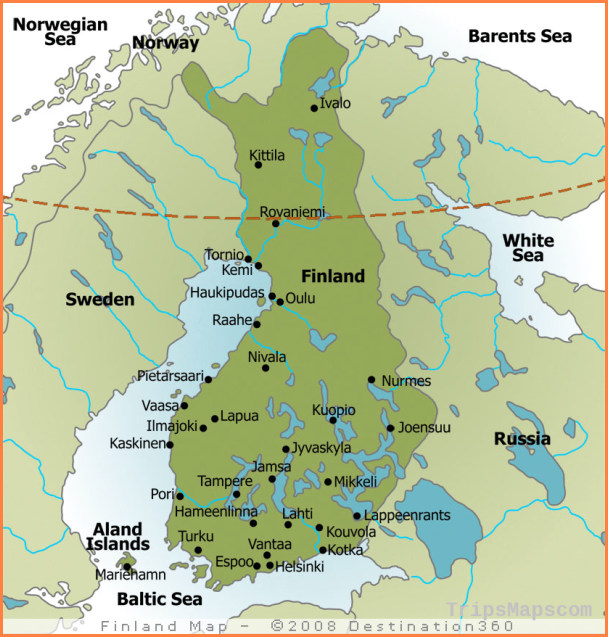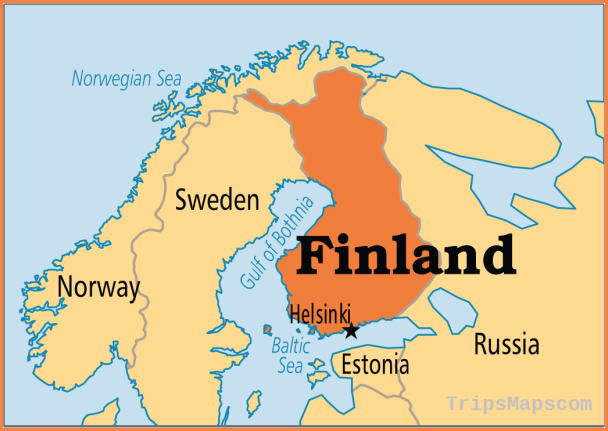FINLAND Early history
1946”56 J. K. Paasikivi President.
1947 The treaty of Paris confirms the agreements reached in the armistice.
1948 Treaty of friendship and mutual assistance with the Soviet Union (in the first place for ten years).
1955 Finland becomes a member of the Nordic Council (see above under Denmark) and the United Nations.
1956 The Soviet base at Porkkala is returned to Finland. – U. K. Kekkonen becomes President.
1958 Nordic Passport and Customs Union.
1961 Finland becomes an associate member of the European Free Trade Association (EFTA).
1970 The treaty of friendship with the Soviet Union is extended for another 20 years.
1973 Finland establishes full diplomatic relations with the Federal Republic of Germany and the German Democratic Republic. – Free trade agreement with the EEC.
1975 Final summit meeting of the Conference of European Security and Cooperation in Helsinki (30 July-1 August).
1978 New government of Social Democrats, the Centre Party, Liberals and Communists, excluding the Swedish People’s Party which had been in the previous government.
1979 General election (March). The new government includes Social Democrats, Communists, the Centre (Agrarian) Party and the Swedish People’s Party.
1980 Local elections in October give the Social Democrats 25-6%, the opposing Conservative National Collective Party 23-1% and the Country Party 18-8%, the Communist party suffers losses.
1981 Ratification in April of a “social package” avoids a government crisis. On 27 October the 81 -year-old Urko Kaleva Kekkonen resigns as President of Finland on grounds of health. The head of the government, Mauno Koivisto (Social Democrat Party), takes over as President until new elections in January 1982.
1982 On 26 January Mauno Koivisto is officially elected as the new President of Finland.
















